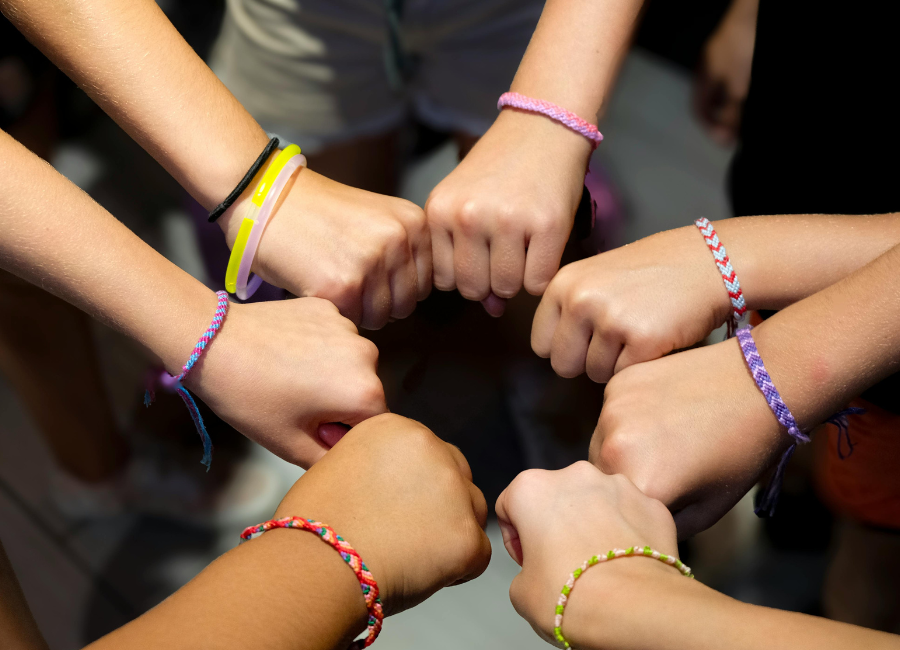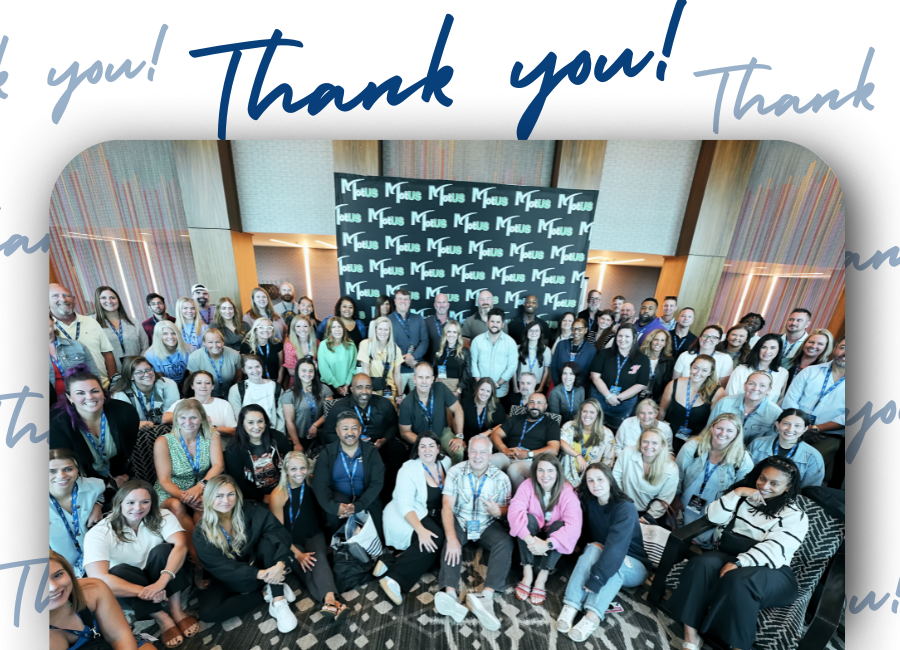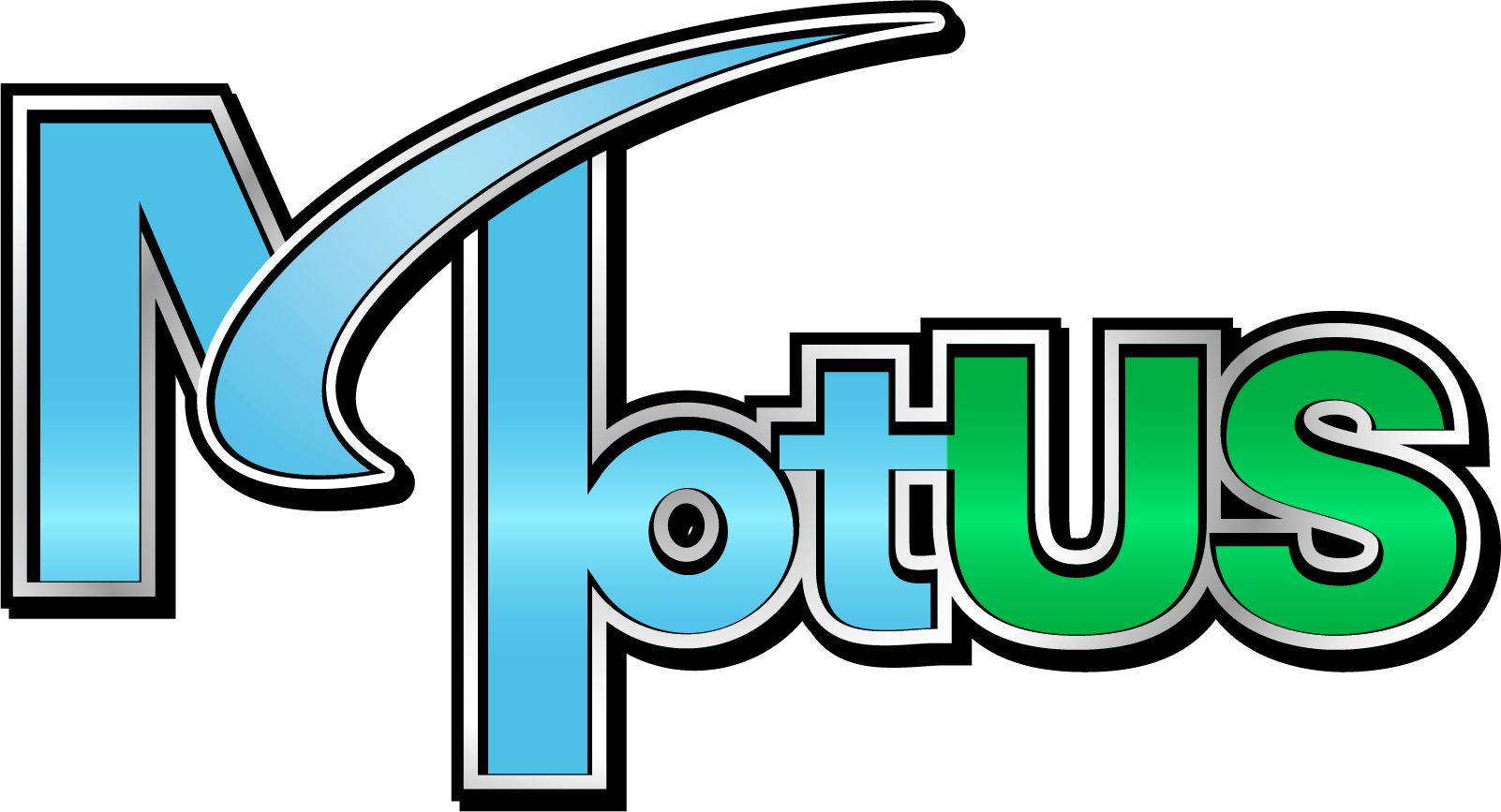Appreciating the Grind

Appreciating the Grind
Training to become a dancer or athlete is an arduous journey marked by dedication, perseverance, and unrelenting effort. The grind of training is often glamourized, but to truly appreciate it, one must understand the multifaceted nature of this commitment. It’s not just about the physical exertion but also the mental and emotional fortitude required to push through the challenges and embrace the process. Let’s dive in…
The Physical Demands:
The physical demands of training are immediate and evident. Athletes and dancers push their bodies to the limits, often subjecting themselves to grueling workouts, intense drills, and repetitive practices. Every muscle, tendon, and joint is tested, and the toll on the body is both extensive and intricate. For athletes, this might mean running countless miles, lifting heavy weights, or performing high-intensity interval training. For dancers, it involves perfecting intricate choreography, building strength and flexibility, and often enduring injuries or discomfort as part of their routine.
Appreciating the grind begins with recognizing the sacrifice involved. Each session of training contributes to building strength, endurance, and skill, but also comes with a risk of injury and physical exhaustion. Embracing this grind involves understanding that progress is incremental and often imperceptible in the short term. The hard work invested may not always lead to immediate visible results, but it is the consistency and commitment to this effort that eventually culminate in significant achievement.
The Mental & Emotional Toll:
Training to excel in dance or sports is not solely about physical endurance. The mental and emotional aspects play a crucial role in sustaining motivation and focus. The discipline required to maintain a rigorous training schedule often involves overcoming self-doubt, managing stress, and dealing with setbacks. Athletes and dancers frequently encounter plateaus where improvement seems stagnant, and frustration can set in. To appreciate the grind, one must recognize the mental strength needed to persevere through these challenges. It’s about developing resilience and maintaining a positive mindset in the face of adversity. This mental fortitude is essential for pushing past the limits of comfort and overcoming obstacles that might otherwise seem insurmountable. Emotional resilience also comes into play, as dealing with the highs and lows of performance, competition, and personal expectations requires a balanced perspective and a deep-seated passion for the craft.
The Incremental Progress:
The path to mastery in any discipline is often marked by small, incremental improvements rather than dramatic leaps. For dancers, mastering a new move or refining technique takes time, often involving countless repetitions and corrections. Athletes might see gradual improvements in their performance metrics, which, while significant, are achieved slowly and steadily.
Appreciating the grind involves recognizing and celebrating these incremental advancements. It’s important to acknowledge that progress in training is cumulative and that every small improvement contributes to the overall goal. This perspective helps in maintaining motivation and a positive attitude toward the daily efforts involved in training. Celebrating these small victories can provide the encouragement needed to continue pushing forward.
The Importance of Discipline & Routine:
Discipline is at the core of successful training, whether in dance or athletics. Establishing and adhering to a routine requires a significant level of commitment and focus. This discipline extends beyond the physical aspects of training to include aspects such as proper nutrition, rest, and mental preparation. Appreciating the grind means valuing the routine and the structured approach to training. It involves understanding that the daily rituals, while sometimes monotonous, are integral to achieving long-term goals. The consistency of practice and the adherence to a disciplined routine often distinguish those who succeed from those who falter. It’s in the daily grind where the foundations of success are built.
The Role of Passion & Purpose:
Underlying the grind of training is a profound sense of passion and purpose. Whether driven by a love for the art of dance or the competitive spirit of athletics, this intrinsic motivation fuels the relentless pursuit of excellence. Passion provides the energy needed to push through the toughest moments, while a clear sense of purpose helps in maintaining focus and direction.
To truly appreciate the grind, one must connect with the deeper reasons behind the commitment. It’s about understanding that the challenges faced are part of a larger journey toward achieving personal or professional goals. This connection to a higher purpose transforms the grind from a series of daunting tasks into a meaningful and rewarding endeavor.
In conclusion, appreciating the grind of training as a dancer or athlete involves a comprehensive understanding of its physical, mental, and emotional aspects. It’s about recognizing the sacrifices, celebrating incremental progress, adhering to discipline, and staying connected to the underlying passion and purpose. The journey may be arduous, but it is also filled with moments of growth, achievement, and fulfillment. Embracing this process with a positive mindset allows one to not only endure but truly appreciate the grind, leading to personal growth and eventual success.











